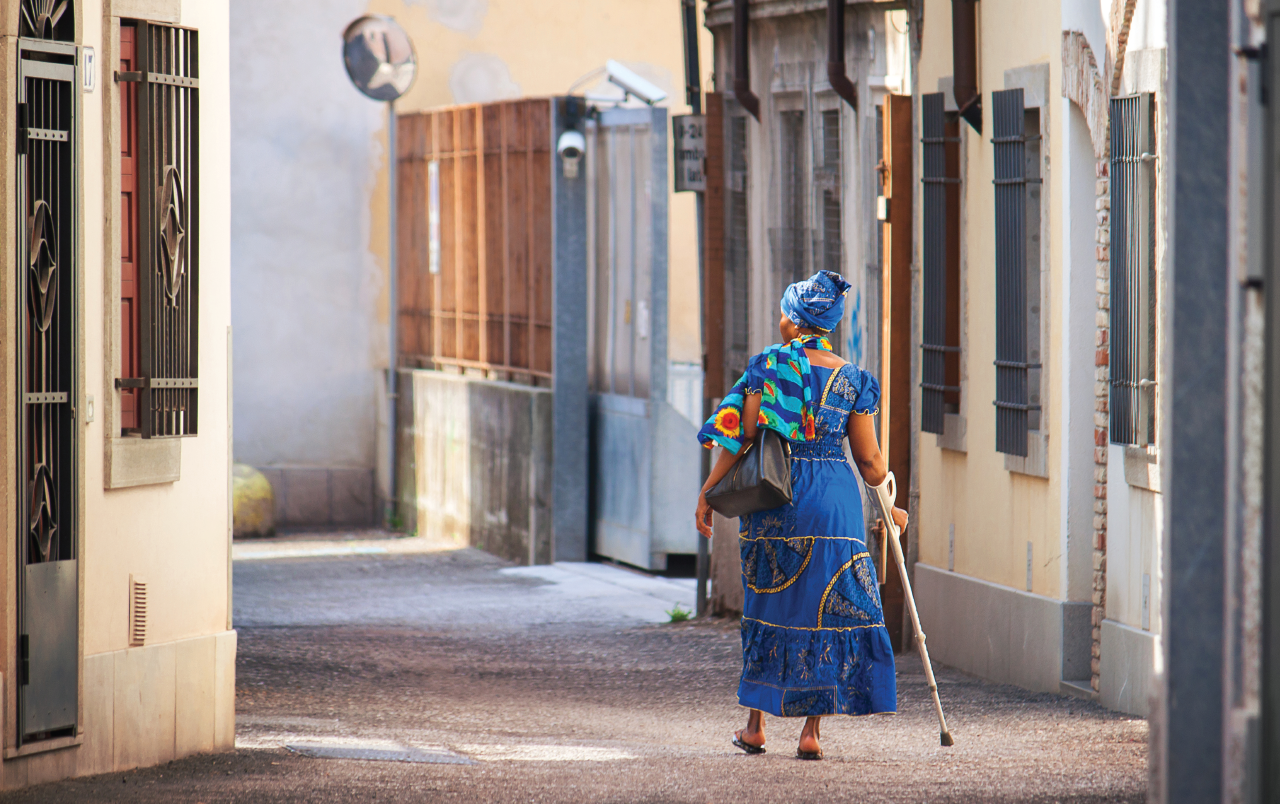In this article, it was highlighted that the effectiveness of external public development finance flows is currently at a turning…
According to statistics, around 13% of Ugandans have a disability. Poverty rates in households with a Person with Disabilities (PWD) are 30% higher than in homes without a PWD, according to the 2014 National Population Census. In light of this, the Government of Uganda introduced a new approach to development. It includes a lower administrative unit called the Parish Development Model (PDM). The aim is to achieve the 3rd National Development Plan (2020/21 to 2024/25) by increasing household incomes and improving the quality of life of Ugandans. Among the targeted interest groups are also PWDs.
Persons with Disabilities in Uganda
Disability is more prevalent amongst women (15%) than men (10%) and higher in rural areas (15 %) than in urban areas (12%). Most persons with disabilities are subsistence farmers (74 % compared to 62 % of total PWDs).
Over the years, the Ugandan government has implemented several poverty reduction interventions to uplift people’s living standards. But data from the Government Management Information System indicates that the programmes have reached a mere 3% of young persons with physical disabilities. People with multiple or several disabilities are eliminated in this category given the difficulty accessing the funds.
The Ministry of Gender, Labour, and Social development data indicates that approximately 28 thousand women with disabilities (23% of beneficiaries) have benefited from the programme. Yet, PWDs rarely reap the benefits. Although they are included in the target groups of some of these policies, there is a real hurdle when it comes to implementing the strategies and policies. The main reasons for that are that, for instance, there was no concrete strategy on how to have PWD fully participate in the Poverty Eradication Action Plan (PEAP) or at least on how to make them its beneficiaries. So far, they are only mentioned as a focus group.
As for the Youth Livelihood Program (YLP), access is available to those with a mild disability. The district focal points submit quarterly reports to the Ministry of Gender Labour and Social Development against key performance indicators, such as the number of community groups and women. However, youth with disabilities are not a specific target unit. While there were efforts to ensure that the youth with disabilities access the program, they still face challenges. Among them are the proposal writing for funding and the hurdle that groups should consist of members from the same village. Yet, often there are not enough PWDs in the same town to form a group. The Uganda Women Empowerment Program, in contrast, has more significant credit access amounts than the Disability Special Grant. But it is a loan. It hinders women with disabilities from accessing it. On top, the application process is long and tedious and requires a lot of mobility, which is difficult for precisely this group of women.
Ensuring participation
The goal of the Parish Development Model (PDM) is socio-economic transformation. It is based on improved productivity of households and enterprises at the parish level. Special vulnerable groups, like women, youth, and PWDs, are prioritised for its implementation. Yet, based on lessons from past interventions, we need a clear strategy for ensuring effective participation of the PWD. If development is to occur, the beneficiaries ought to be a central part of it. For this to be provided, the Office of the Prime Minister, the Ministry of Local Government, and the Ministry of Finance Planning and Economic Development should guarantee that the monitoring tools of the PDM include indicators of PWDs, as well as disaggregated data on their poverty, social and economic situations.
The Equal Opportunities Commission should ensure that its Act of 2007 is implemented so that PWDs with specialised skills are recruited. The Ministry of Gender, Labour and Social Development, National Planning Authority, Equal Opportunities Commission should ensure the inclusion of the PWDs in planning, development, implementation, and monitoring of programs and activities to ensure inclusive development, in this case for the special interest groups.
Also needed is the skilling of PWD so that they can earn their income and do not have to depend on handouts. Community practitioners should raise awareness about existing programs and opportunities for PWDs like entrepreneurship and training and the need for a new perception of PWDs.
Text editor: Gabriela Keseberg Dávalos


